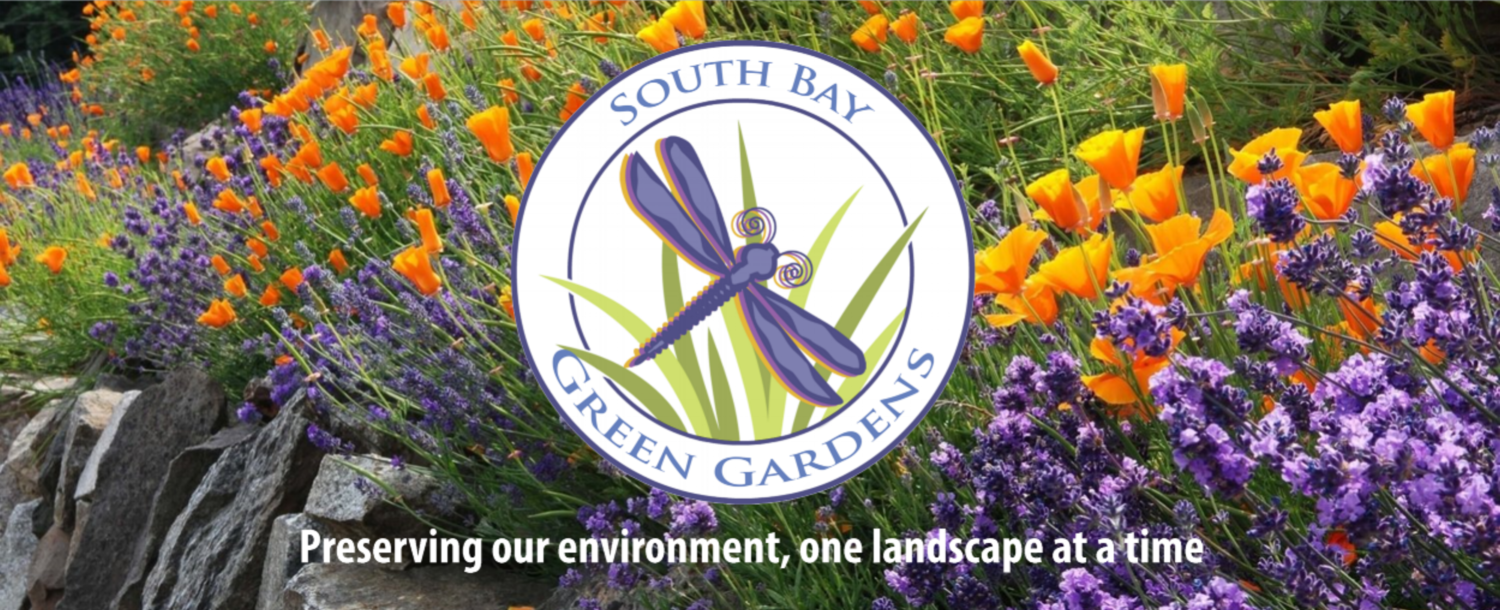As we head into warmer months, many of us will be turning our irrigation systems back on to provide supplemental water to our plants. Before you turn that irrigation timer on and walk away, take an hour or two to do a sweep of your irrigation system to make sure nothing’s gone awry. Broken sprinklers, cracked pipes, clogged drip emitters and leaky valves can all go undetected over the winter and if left unfixed, can lead to significant water loss or even dead plants once watering resumes. According to the EPA’s WaterSense Program, the average household leaks 10,000 gallons of water every year! Most leaks are easy to fix, and the tips below can help you find them in your landscaping.
Starting at your irrigation controller, if you have one, check to see if everything is programmed correctly then work your way down the system to the valves/backflow preventers, and then to the individual irrigation zones. Here are a few of the things you should be looking for:
Irrigation Controllers/Timers:
Is it programmed correctly? (Check out this helpful watering guide from San Jose Water Company for scheduling tips.)
Is there power to the controller and a backup battery? Backup batteries should be replaced once a year. When the power goes out, some irrigation controllers will reset to their factory settings resulting in a lot of wasted water.
Valves/Backflow:
Are there signs of leaking, like dripping water, wet spots on the ground, algae growth, etc.?
Are the valves responding to the irrigation controller and turning on and off when they are supposed to?
Sprinklers:
Are there any geysers or broken, clogged, tilted, blocked, buried, or weeping sprinklers?
Is there misting, overspray, runoff, or misaligned sprinklers?
Are there any soggy or dry spots?
Drip irrigation:
Are there any clogged emitters, pinched tubing, disconnected fittings, punctures or cuts, missing emitters, etc.?
Has the filter been cleaned recently and is there pressure regulation?
Do any additional emitters need to be added to growing plants?
Doing frequent or seasonal walk throughs of your irrigation system can help greatly reduce water waste and are well worth the time. Luckily, Valley Water offers a free Water Wise Outdoor Survey to help you identify problems with your irrigation. Residential customers in Santa Clara County* can sign up for a free one time outdoor irrigation survey by a trained irrigation professional by calling (408) 630-2000 or emailing WaterWise@valleywater.org.
*San Jose Water Company customers can request a water audit by calling (408) 279-7900.
During the survey, the surveyor will evaluate the efficiency of your irrigation system, noting and flagging problems that can be addressed or improved and will make recommendations for repairs, replacements, and upgrades. You will also be given a personalized irrigation schedule, if appropriate, and a written report. But perhaps best of all, you can follow along during the survey to learn what to look for from a professional so you can do your own irrigation system checks in the future. Check out a brief video below to see how a survey is done!
Did reading this make you think of a neighbor that could use help reducing water waste in their landscaping? Good news! When you report water waste to the same contact information above, our water waste inspectors will refer water wasters to Valley Water’s many water conservation programs and services, including the Water Wise Outdoor Survey. Please include photos, cross-streets, and landmarks when reporting water waste. Whether reporting water waste in your neighborhood or improving how to use water efficiently in your landscaping, call us at (408) 630-2000 or email WaterWise@valleywater.org










